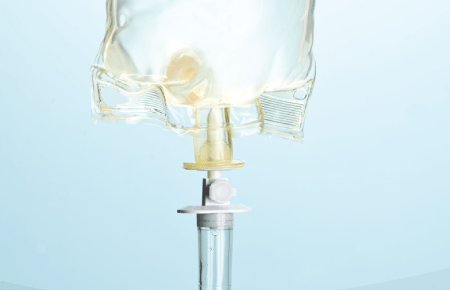A greater demand for home infusion therapy services is driven by:
- The continuing recognition of the therapy’s benefits.
- Patient preference for the therapy.
- The transition from acute care to lower cost non-acute settings.
Providers that are set up to serve patients moving from acute facilities to home care are well-positioned to capitalize on the market shift. Others must change their practice to provide infusion therapy in non-acute settings if they want to remain a viable option in a fast-changing marketplace.
REIMBURSEMENT AND NEW THERAPIES POSE CHALLENGES TO PROVIDERS
Some care gaps may be covered by Medicare, but that poses another problem. While Medicare’s prescription drug plan may cover the cost of the infusion drugs, it doesn’t cover supplies, equipment or nursing. Medicare Part B may cover some therapies, such as anti-infective or chemotherapy drugs, or some inotropic therapies and pain management, but not cover everything that’s needed. These reimbursement issues squeeze margins for providers.
While providers work through barriers to reimbursement, they must also stay abreast of new therapies. More therapies are now being developed to treat conditions that either did not have effective treatments previously or were traditionally delivered in an acute setting. Being prepared to deliver new therapies is vital to the survival of home infusion providers.
Becoming certified can help providers obtain access to limited distribution drugs used in these new therapies. While accreditation is voluntary in the industry, most insurers now require it.





